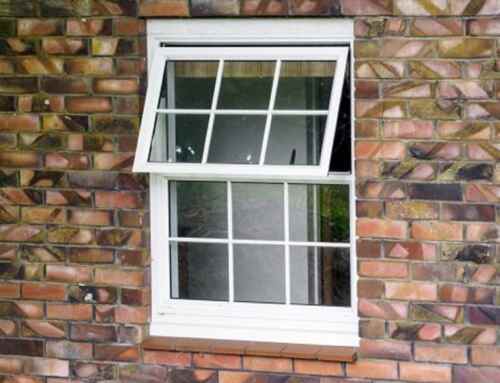Are you renovating or building a home? One aspect that’s easy to overlook is getting the window sizes right. Being familiar with some standard window dimensions helps simplify your project, whether you’re aiming to maximize the view and bring in more natural light or ensure your space meets building codes. Use this guide to help you understand common window sizes and how to choose the right ones for your home.
Typical Window Dimensions for Different Types of Windows
Windows are most certainly not one-size-fits-all. Here are some standard window frame sizes in different operating styles:
- Double-hung windows: Considered the most traditional style, double-hung windows have upper and lower sashes that move up and down. The width of standard double-hung windows typically ranges from 24 to 48 inches, with heights varying from 36 to 72 inches.
- Sliding windows: Often sporting a wider design, sliding windows open from left to right. They are available in sizes from 36 to 84 inches wide and 24 to 60 inches high.
- Casement windows: Hinged at the side and opening outward, casement windows are typically oriented vertically. Standard sizes range from 14 to 36 inches wide and 30 to 78 inches high.
- Awning windows: These windows are hinged at the top and open outward, necessitating a horizontal orientation. Homeowners typically choose awning windows from 24 to 42 inches wide and 18 to 36 inches high.
- Picture windows: Since these windows don’t open, they can be much larger. Standard widths range from 24 to 96 inches, with heights extending up to 96 inches.
- Egress windows: These windows provide an emergency exit, so they must meet specific size requirements to comply with building codes. No matter how the window operates, it must have an opening width of at least 20 inches, an opening height of at least 24 inches, and a minimum opening area of 5.7 square feet. The windowsill must also be installed no higher than 44 inches from the finished floor to ensure easy access in an emergency.
Choosing the Right Window Size
As you select window dimensions, consider the room’s layout, wall size, and exterior architectural style to help guide your decision. Reference a window size chart to compare potential fits and visualize how different styles will look. Also, keep in mind that rough openings are the whole numbers stated above, while 1/2 inch is subtracted from the rough opening to get the actual window size.
While standard dimensions are popular to keep costs down, custom windows can be manufactured to meet reasonable specifications. When designing a custom window, keep the operating style in mind. For example, casement windows are almost always taller than they are wide to allow for outward opening without taking up too much exterior space.
Get Help from Rosati Windows
For personalized help choosing new windows for your home, turn to Rosati Windows. We are the top manufacturer of replacement windows and doors in Central Ohio, combining innovation with award-winning service. Let us assist with your next project to benefit from our window sizing expertise. Call us today at (614) 777-4806 to request your free window installation estimate in Columbus, OH.









